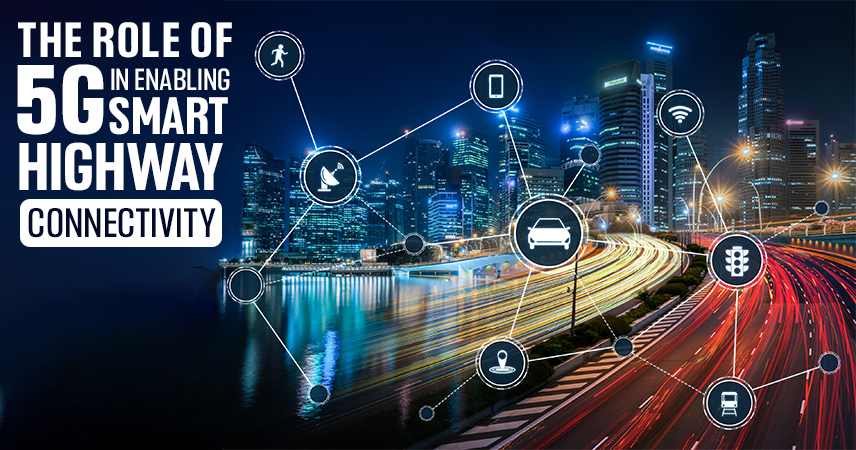
How Connected Vehicles Can Make Indian Roads Safer
- By Admin
- 28-08-2023

Insane traffic jams involving ambulances are a common occurrence on
Indian roadways. While many people accept this reality meekly, linked cars may
change how emergency vehicles are transported in the future.
Even if an ambulance is a kilometre away, V2X (Vehicle to Everything)
technology can warn vehicles of its approach so they can clear the lane for the
high-priority vehicle.
Using the connectedness of vehicles, V2X, also known as
vehicle-to-everything (X), is a kind of communication between a vehicle and any
entity (X) that may affect or be influenced by the vehicle. This object could
be a pedestrian, a different vehicle, a traffic signal, or some other piece of
traffic infrastructure.
A few partners, including Maruti Suzuki, Suzuki Motor Corporation of
Japan, IIT-Hyderabad, and others, have already shown how the Ambulance Alerting
System can be used. Using V2X, an ambulance or other emergency vehicle can
"communicate" with passing vehicles by requesting their clearance.
V2X is likely to have a huge impact on the future of mobility because
between 80 and 85 percent of Indian cars are still not connected. According to
a survey by Research and Markets, the automotive V2X market is expected to
increase from $619 million in 2021 to more than $2.2 billion in 2025 at a rate
of 38% per year.
V2X, in contrast to current safety discussions, which solely consider
automobiles as active players, allows for engagement from all parties,
according to experts. All road users will be able to predict one another's
actions and level of urgency (if any), which will reduce accidents and other
traffic-related problems.
V2X is being hailed as the panacea to numerous mobility issues facing
the fourth-largest vehicle market in the world, including traffic congestion
and road safety.




